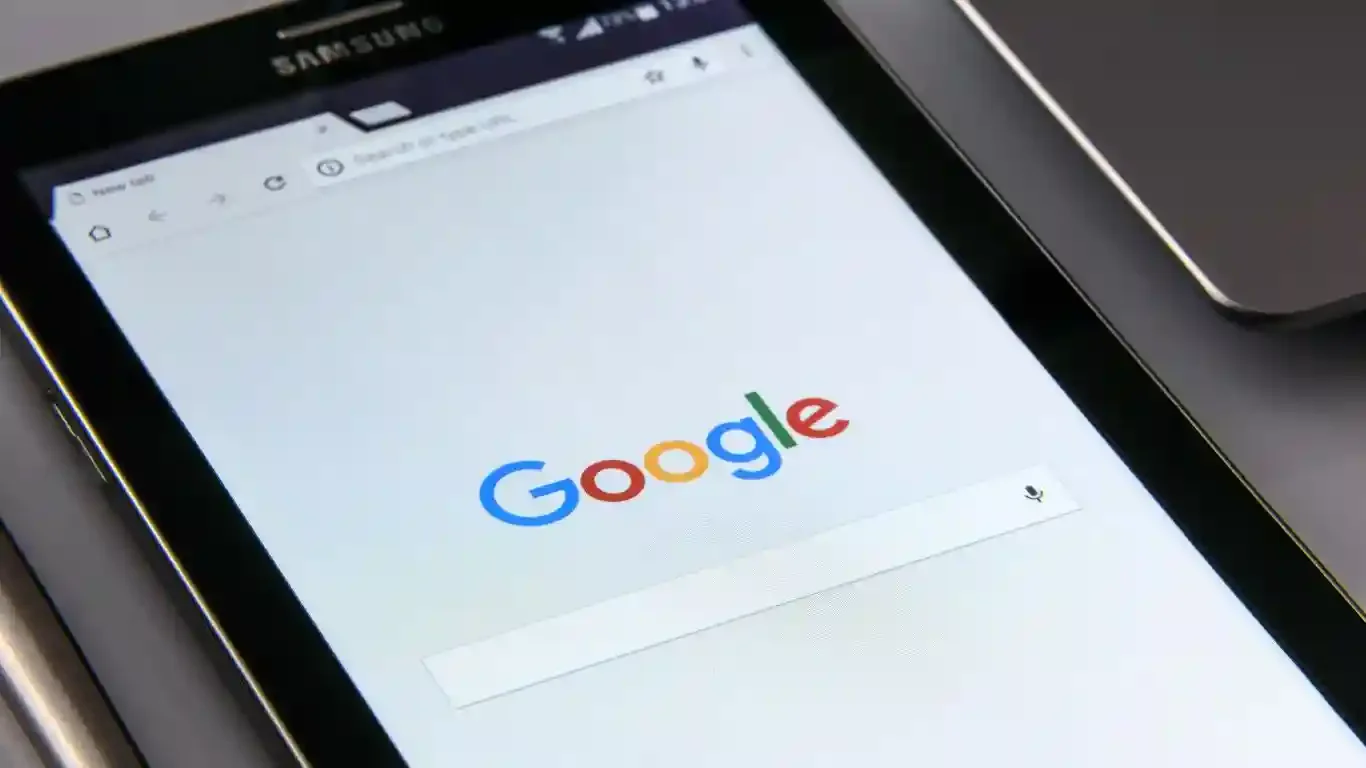Brief History of the Internet: Our everyday consumption of internet data is extreme and unimaginable. It is so fascinating that if we go back to 70 years from now, society had no notion or need for the internet or screen time. However, in the 21st-century century people cannot function with their phones and the internet. The world revolves around technology and technology alone. In this article, we are going to read about the history of the internet.
The origin of the Internet is rooted in the 1950s USA. During this time the Cold War was at its peak and huge tension prevailed Between the Soviet Union and North America. Both parties had possession of nuclear weapons and people existed fear of abrupt attacks. The US realized that they required a way of communication that could not be harmed by a Soviet nuclear attack.
During this period computers were expensive and large, used only by the university and military scientist staff. It was powerful however limited in quantity. The researchers were frustrated as they had to travel a long distance to have access. This difficulty compelled scientists and engineers to find a way for the possibility of a large-scale computer network.
It is not one single person who invented the internet. Various scientists and engineers have been involved in this invention. Their research together created the ARPANET. Some of the notable scientists who followed the paving way are Lawrence Roberts, Leonard Kleinrock, Donald Davies, Bob Kahn, Vint Cerf, Paul Mockapetris, Jon Postel, Tim Berners-Lee, and Marc Andreesen.
In 1958 President Dwight D. Eisenhower formed ARPA or Advanced Research Projects Agency with some best of the scientific heads in the country. Their goal was to help American military technology to stay forward of its enemies and prevent any kind of shock, such as the launch of the Sputnik. In the year 1965, Lawrence Roberts made two different computers in two separate locations talk to each other for the very first time. When the first packet-switching network was created, Kleinrock was the first person to attempt to send a message. He used a computer from UCLA to send a text ‘login’ to a computer at Stanford. Though the system crashed after the word ‘l’ and ‘o’, the second attempt was successful. Thus, ARPA Network or ARPANET was born.
By the year 1973, 30 military, academic, and research institutions joined ARPANET, connecting locations including the UK, Norway, and Hawaii. In 1974, Bob Kahn and Vint Cerf developed the TCP/IP. This transmission control protocol allowed computers to speak the same language. After the introduction of TCP/IP, ARPANET swiftly grew to become a global interconnected network or Internet. Vint Cerf is credited with the first written use of the term ‘internet’. In 1990, the ARPANET was decommissioned.
The email was an unintended but rapid result of the growth of ARPANET. American computer programmer, Ray Tomlinson is responsible for this idea. With the popularity of the ARPANET, users realized the significance of the tool to send messages from separate ARPANET computers. One of the first hue mailing lists was for science fiction fans as ‘SF-LOVERS’. This changed the notion of a network as rather than a way of getting access to an expensive computer, it became a place to make friends and communication.
Marc Andressen invented the first widely-used web browser, Mosaic. The launch of this web browser in 1993 opened up the web for non-academic users. The number of websites grew from 130 to 100,000 from 1993 to 1996.
Tim Berners-Lee invented WWW. In 1989, Berners-Lee proposed the notion of a ‘web of information’. He developed HTTP (Hypertext Transfer Protocol) and URI (Universal Resource Identifier) system in 1990.
Also Read: 10 Modern Classics Published After 1980




